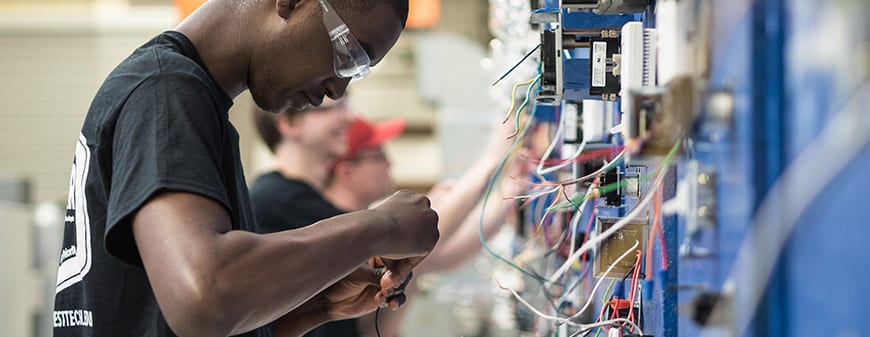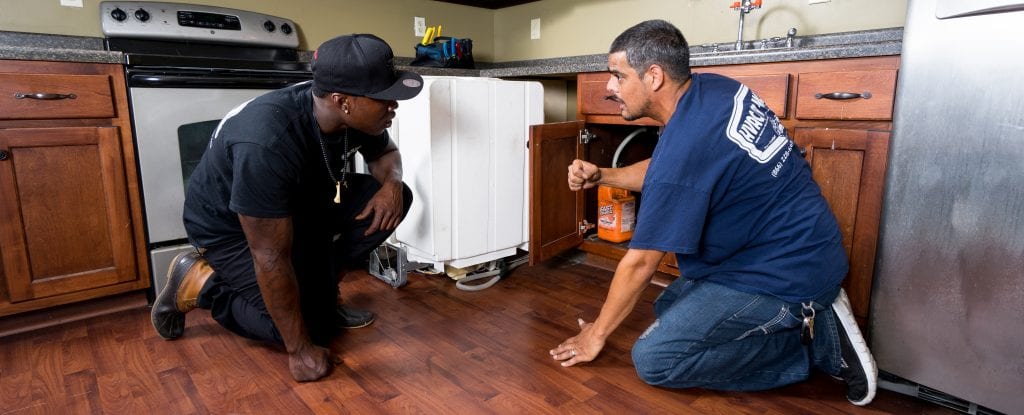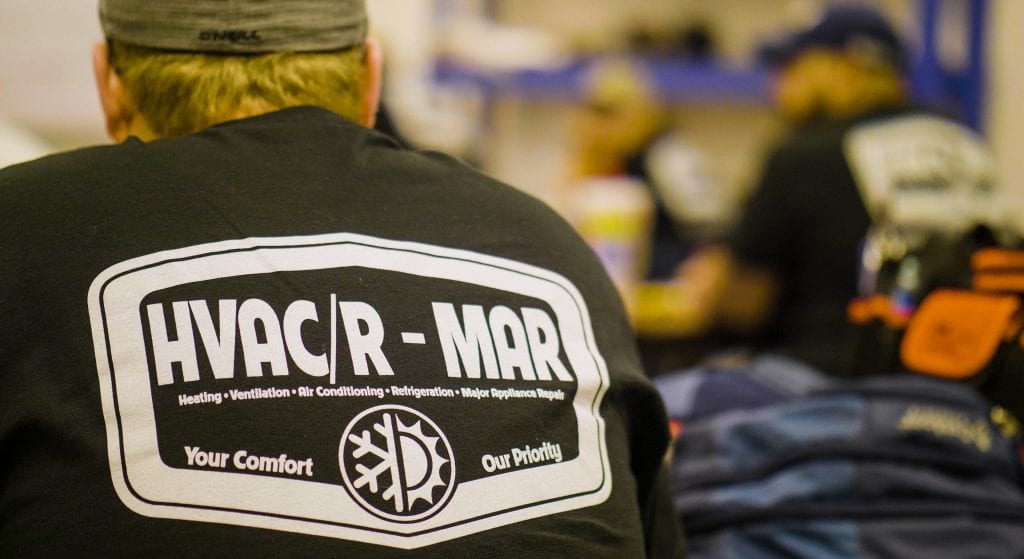HVAC Service Technicians
Learning the theoretical knowledge and practical skills necessary to perform the job of an HVAC service technician in a formal HVAC program is a common path to this career. Some HVAC schools also prepare their students for Section 608 EPA Certification. This is the case at Midwest Technical Institute, which offers HVAC and major appliance repair training in its HVAC/R-MAR Technician Program at its campuses in Springfield, East Peoria, and Moline, Illinois. HVAC technician training is also available at the school’s campus in Springfield, Missouri.
HVAC Technician Job Description
| HVAC Installation Tasks | HVAC Maintenance Tasks | HVAC Repair Tasks |
| Putting in Electrical Wiring & Components | Inspecting & Testing HVAC/R Components & Systems | Inspecting & Testing HVAC/R Components & Systems |
| Installing HVAC/R Units | Checking that HVAC/R System Controls Work Correctly | Troubleshooting System Problems |
| Verifying the Right Materials & Components Have Been Installed in the Correct Location | Cleaning or Changing Air Filters | Testing Lines, Components, & Connections for Refrigerant Leaks |
| Testing the Equipment to Confirm It Is Installed and Operates According to the Manufacturer’s Specifications | Inspecting & Unclogging Condensate Drains | Discussing Equipment Problems with Customers |
| Testing, Adjusting & Balancing the HVAC/R Equipment | Tightening Electrical & Fuel Connections in Heating Units | Taking HVAC/R Systems Apart |
| Documenting Installation & Testing Information | Checking that HVAC/R System Controls Work Correctly | Using Mechanical, Pneumatic & Electrical Testing Equipment |
| Communication about the Installation with Customers | Lubricating Motors & Other Moving Parts | Repairing Old Components or Wiring |
| Selling Service Contracts for Future Equipment Maintenance | Checking & Adjusting A/C Refrigerant Levels | Replacing Malfunctioning Parts |
| Cleaning Up Packaging & Debris from Installation | Cleaning A/C Condenser & Evaporator Coils | Reassembling Repaired Systems |
Interested in Learning More About HVAC?
Fill out the form below to receive info about our career training programs.
HVAC Technician Working Conditions & Environments
HVAC Job Locations
For the most part, HVAC technicians work indoors, but occasionally they’ll spend time outside fixing components like heat exchangers. Their worksites are often in schools, stores, office buildings, factories, and homes.
- Some industries and states employ more HVAC technicians than others, according to the Bureau of Labor Statistics (BLS).
Top Employers of HVAC Technicians
| Industry | Percentage of Employment |
| Wholesale Trade | 3 Percent |
| Private, State & Local Educational Services | 4 Percent |
| Retail Trade | 4 Percent |
| Self-Employment | 9 Percent |
| Air-Conditioning, Plumbing & Heating Contractors | 64 Percent |
Top States for HVAC Technicians
| State | Number of HVAC Techs Employed |
| Pennsylvania | 13,160 |
| New York | 15,930 |
| Texas | 24,300 |
| California | 25,360 |
| Florida | 28,700 |
Working in the HVAC Industry
As you can see, HVAC technicians play a big role in keeping people comfortable in their homes and businesses, which is one reason this profession is set to keep pace with the average job growth for all professions in the coming years. Their work requires theoretical knowledge and practical skills that can be learned in an HVAC training program.
Sources
- https://www.bls.gov/ooh/installation-maintenance-and-repair/heating-air-conditioning-and-refrigeration-mechanics-and-installers.htm#tab-1
- https://www.bls.gov/ooh/installation-maintenance-and-repair/heating-air-conditioning-and-refrigeration-mechanics-and-installers.htm#tab-2
- https://www.bls.gov/ooh/installation-maintenance-and-repair/heating-air-conditioning-and-refrigeration-mechanics-and-installers.htm#tab-4
- http://www.businessdictionary.com/definition/refrigerant.html
- https://www.epa.gov/section608/section-608-technician-certification-0
- https://www.bls.gov/ooh/installation-maintenance-and-repair/heating-air-conditioning-and-refrigeration-mechanics-and-installers.htm#tab-3
- http://www.tesengineering.com/what-is-hvac-commissioning/
- https://www.energystar.gov/index.cfm?c=heat_cool.pr_maintenance
- https://www.onetonline.org/link/summary/49-9021.01
- https://www.bls.gov/oes/current/oes499021.htm#(1)
- https://www.bls.gov/ooh/installation-maintenance-and-repair/heating-air-conditioning-and-refrigeration-mechanics-and-installers.htm#tab-6



